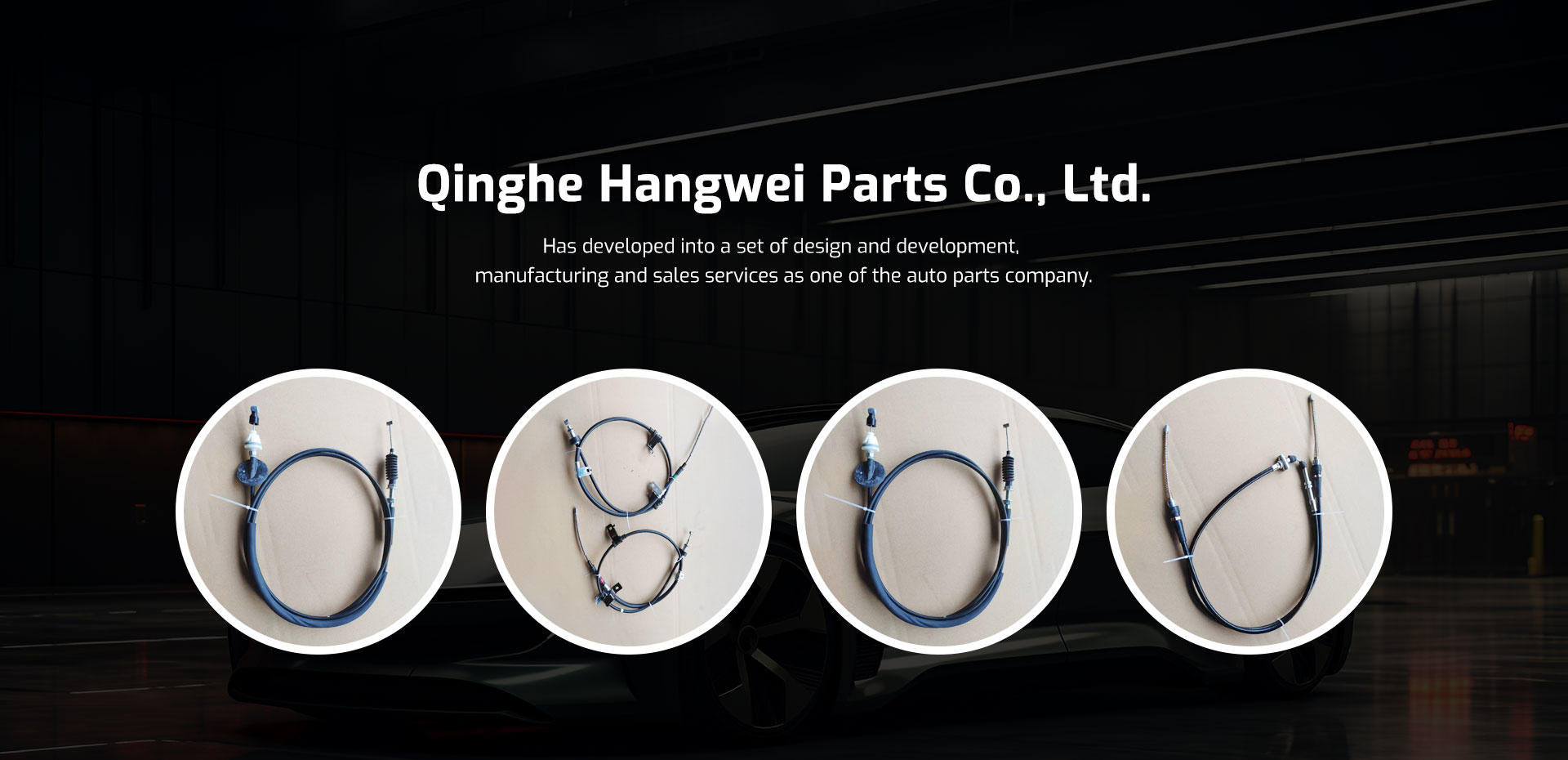universal choke cable
Understanding Universal Choke Cables Functionality and Applications
A universal choke cable is an essential component found in various types of vehicles, from motorcycles to cars, and even in some industrial machinery. Designed to regulate the air-fuel mixture entering the engine, choke cables play a crucial role in optimizing engine performance, particularly during startup in colder conditions. This article will explore the functionality, design, and applications of universal choke cables, along with some maintenance tips.
What is a Choke Cable?
The choke cable is a flexible wire or cable connected to the choke valve in an engine. Its primary purpose is to control the opening and closing of the choke mechanism, which regulates the amount of air that flows into the engine. In cold weather conditions, the engine requires a richer air-fuel mixture to start efficiently. By using the choke cable, the driver can restrict airflow, thereby enriching the mixture and facilitating a smoother start.
Functionality
When the driver pulls the choke cable, it activates the choke valve to close partially, reducing air intake. This action increases the fuel-to-air ratio, allowing for easier combustion of the fuel when the engine is cold. As the engine warms up, the driver can push the choke cable back in, allowing more air to mix with the fuel. This step is critical for achieving optimal engine performance and minimizing emissions.
Design Features
Universal choke cables come in various sizes and designs to fit multiple applications. They typically consist of
1. Cable Housing The outer casing protects the inner cable while allowing it to move smoothly. 2. Inner Cable This is the flexible wire that runs within the housing, connecting the choke mechanism to the driver's control. 3. End Fittings These connect the cable to both the engine choke and the lever inside the vehicle's cabin, ensuring seamless operation. 4. Adjustment Mechanism Many universal choke cables feature an adjustable mechanism that allows the user to fine-tune the length of the cable for a perfect fit.
universal choke cable

The universal nature of these cables means they can often be adapted to fit various engines and vehicle models, making them a popular choice for mechanics and DIY enthusiasts.
Applications
Universal choke cables are not limited to automotive applications. They can also be found in various two-stroke engines, such as those used in lawn mowers, chainsaws, and other power tools. In these instances, the choke cable serves the same purpose to ensure that the engine starts efficiently by managing the air-fuel mixture.
In the motorcycle sector, especially in older models, choke cables are indispensable. The mechanical rather than electronic nature of these systems means that having a reliable choke cable can make or break a motorcycle's performance, especially in colder climates.
Maintenance Tips
To ensure the longevity and efficacy of the universal choke cable, regular maintenance is essential. Here are some practical tips
1. Regular Inspection Check the cable for signs of wear or fraying. Any visible damage can lead to malfunction, resulting in poor engine performance. 2. Lubrication Apply a suitable lubricant to the inner cable to facilitate smooth movement. This will prevent stiffness and ensure the cable operates effectively. 3. Adjustment Ensure the cable is correctly adjusted according to the manufacturer's specifications. An improperly adjusted cable can lead to inefficient engine performance or difficulties during startup. 4. Cleanliness Keep the cable and its housing clean from dirt and debris. This helps prevent corrosion and ensures smooth functionality.
In conclusion, universal choke cables are vital components that greatly influence engine performance, particularly during cold starts. Understanding their design, functionality, and maintenance will help vehicle owners and mechanics appreciate their role in reliable engine operation. By ensuring the health of the choke cable, users can enjoy improved performance and efficiency in their vehicles or machinery.
-
Workings of Clutch Pipe and Hose SystemsNewsJun.04,2025
-
The Inner Workings of Hand Brake Cable SystemsNewsJun.04,2025
-
The Secrets of Throttle and Accelerator CablesNewsJun.04,2025
-
The Hidden Lifeline of Your Transmission Gear Shift CablesNewsJun.04,2025
-
Demystifying Gear Cables and Shift LinkagesNewsJun.04,2025
-
Decoding Clutch Line Systems A Comprehensive GuideNewsJun.04,2025
